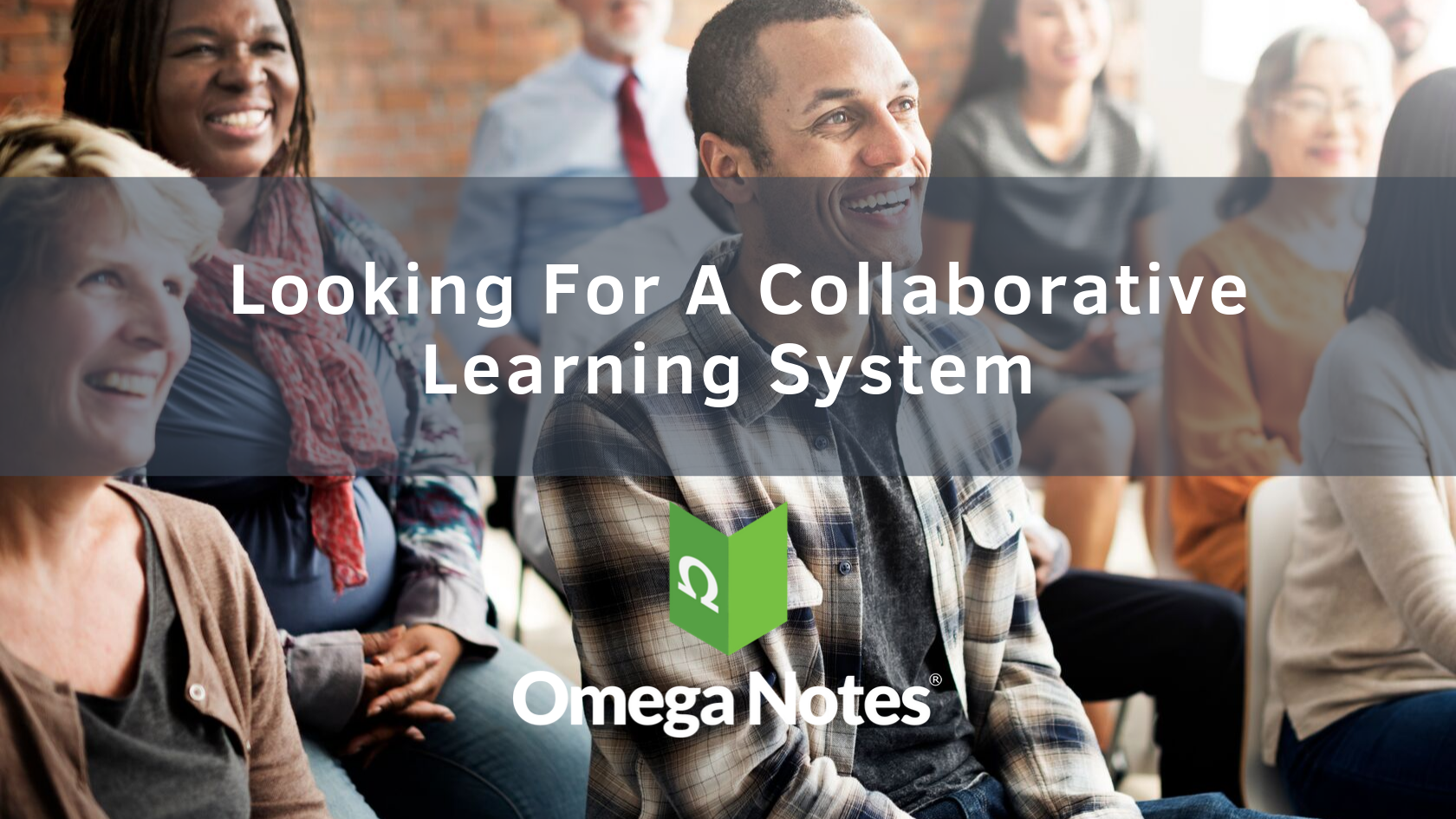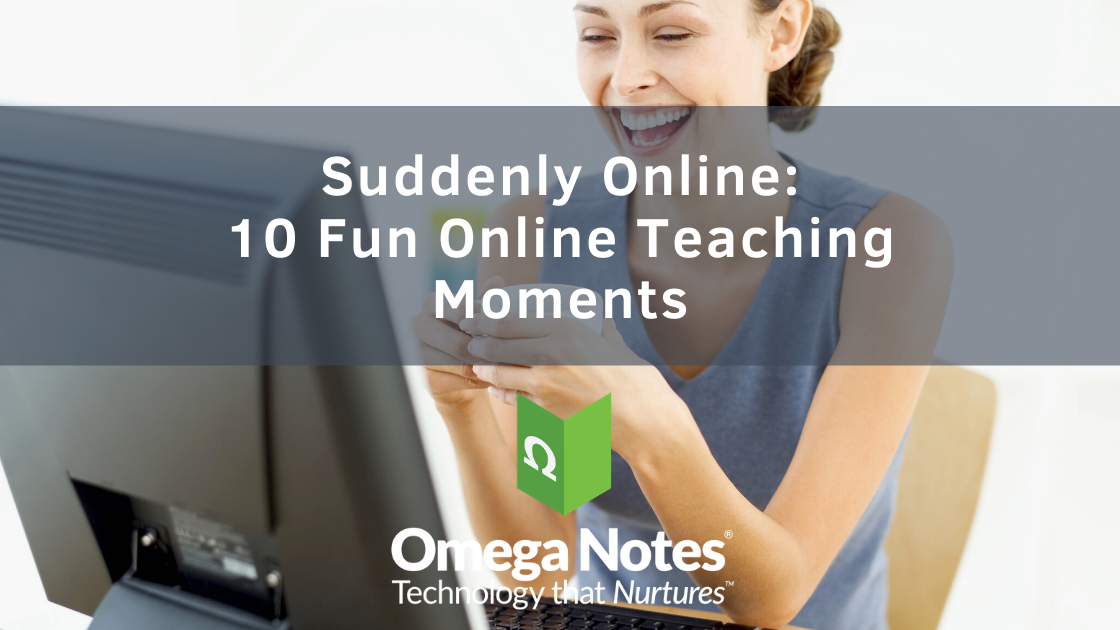Finding a solution to foster collaboration inside and outside of the classroom has always been a challenge in higher learning. Research has proven that academic experiences that are active, social, contextual, engaging, and student-owned foster a deeper learning experience. While learning management systems (LMS) offer collaborative features, most students and faculty find the implementation to be shallow at best. Discussion boards and LMS group management tools can be a chore for everyone. These digital systems don’t bring students together in a meaningful capacity, and the system’s limitations force professors to design their curriculum entirely around the LMS.
Many educators have started implementing collaborative learning solutions via blended-learning environments into the classroom to overcome the limitations of an LMS. But that begs the question, with all of these solutions on the market, how do you choose the right one?
Ease Of Access
Many solutions are feature rich, but those features are useless if they’re not intuitive to use for both students or professors. Surprisingly, there can be a lack of focus in the design language of many digital learning solutions that end up creating a frustrating user experience. Make sure to ask for a demo account or a demonstration of both the student AND educator’s interface.
Cost Effectiveness
A digital system’s cost effectiveness can be easy to measure on the surface, but make sure to dig a little deeper. The ‘Freemium’ business model can be deceptive. The solution may offer a limited set of collaboration features at a decent price, but those features may be a more significant compromise than initially realized. In these situations, leveraging the full platform advertised eventually becomes prohibitively expensive. Make sure that the provider has a clear per student or flat rate pricing model that doesn’t require extra packages or service add ons.
Measurable Results
All collaborative learning systems will advertise that they work well in theory, but not all systems offer a metric to monitor success. A platform with actionable insights offers a level of accountability to ensure that the service lives up to bold marketing claims. Be on the lookout to avoid systems with limited, shallow, or cumbersome analytics.
Interoperability
This is a fundamental component when building a successful network of EdTech solutions. Interoperability is a characteristic that allows for the sharing of resources between different systems. A collaborative learning solution that doesn’t interface with an LMS makes for an extremely difficult implementation process to say the least.
Consolidating Systems
Technology is an essential component of the classroom and that trend is only going to move upwards. At times, this fast pace of innovation has left students and educators frustrated and grumbling, “Wait… you mean I have to learn how to use another system.” Often times service providers will offer a solution that consolidates multiple systems together into one cohesive system. Eliminating these content silos is a great way to get buy in from faculty and students.
Collaborative Learning Done The Right Way
When participating in collaborative learning, students work on assignments together while developing social skills that improve their relationships with others in the class. Instituting a collaborative learning solution allows students to engage and involve themselves more actively in the learning process rather than be passive students. Collaborative learning is great, but not all collaborative learning tools are created equally.
The Omega Notes Collaborative Learning System is a perfect example of a product that checks all of these boxes. The Omega platform engages students in a web app built for digital natives while working with publishers to obtain faculty selected content. As students are engaging, the Insights app explains student comprehension and behavior to preemptively identify unfavorable outcomes. Insights was designed specifically for educators in higher learning making for an easy learning curve. It’s rare to find an intuitive, cost effective solution that delivers actionable results while simplifying existing EdTech solutions. Make sure to consider looking at Omega Notes to maximize learning outcomes.
By Matthew Compton-Clark






Leave A Comment